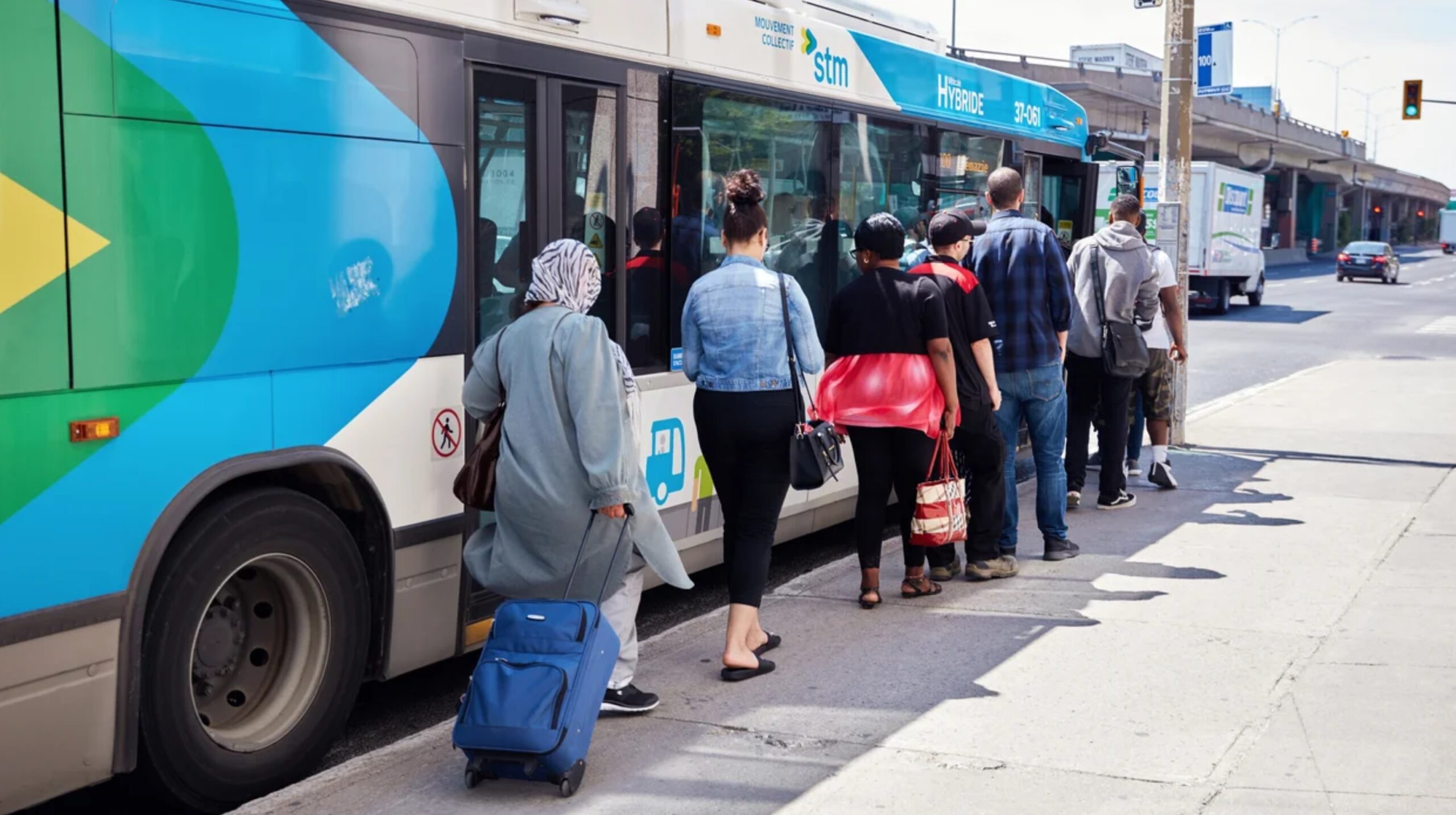Valérie Plante's administration has controlled all street parking in Montreal for three years now with the creation of the Sustainable Mobility Agency, which is in charge of paid parking. Under the pretext of reducing greenhouse gases, Projet Montréal has implemented a series of punitive measures against motorists: aggressive ticket increases, removal of 4,300 parking spaces and the gradual elimination of free parking.
When asked about the strategy of the Sustainable Mobility Agency, Laurent Chevrot, its executive director, said "I think the general dynamic is that there will be more and more paid spaces, whether they are reserved for residents by permit or priced in the short term, and fewer and fewer free spaces." For him, pricing is the main lever to discourage people from taking the car.
Yet, cars are still the preferred mode of transportation for Montreal workers. There are nearly one million cars on the road in Montreal, and 51% of the city's population still prefers to use the car to get from home to work.
Behind the city's punitive strategies is the idea that parking is a funding tool rather than a mobility issue. The Montreal Regional Environmental Council recently took this idea to the extreme by recommending that all city parking spaces be paid by 2035. This, they say, could generate $500 million a year in benefits for the city.
Meanwhile, major investments in public transit to provide alternatives to cars are still lacking. This year, the city reduced its contribution to the Société de transport de Montréal's (STM) budget by $18 million. The STM also ended the "10 minute max" bus service that ensured a reliable and consistent transport system for its riders, especially for workers who depended on it to get to work on time.
The city recognizes 8 key areas that are under-served by transit and will continue to be under-served for the next 10 years. These include the east-west axis that runs through the Sauvé and Côte-Vertu metro stations. For workers living in these neighbourhoods who commute to the industrial sectors of Saint-Laurent or Anjou, the car is still essential.
Parking by borough
In 2020, the borough of Plateau Mont-Royal increased the cost of parking stickers for SUV owners. The new stickers range from $175 to $225 per year (depending on the vehicle's fuel consumption). In comparison, a parking sticker costs $11.50 per year in the borough of Anjou.
In 2020, the borough of Outremont imposed a fee on 100% of its parking spaces. The elected officials hoped to raise an additional $400,000 per year to finance the ecological transition. Among the targeted measures are tree planting and the creation of green alleys, yet no public transportation.
In 2022, the borough of Villeray Saint-Michel Parc Extension followed the borough of Ville-Marie and removed the obligation to provide a minimum number of car parking spaces per building. This is despite the fact that on-street parking is already 85% occupied according to an assessment by the city. On some streets, the city is issuing more stickers than available parking spaces (up to 130% of capacity).


